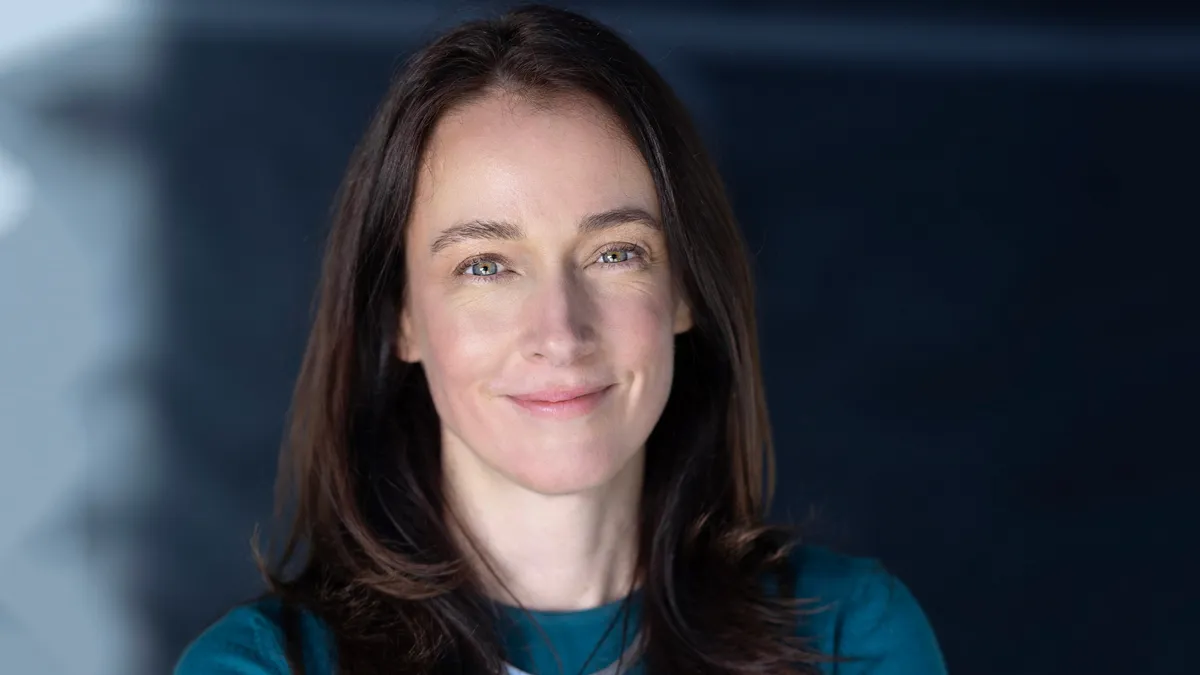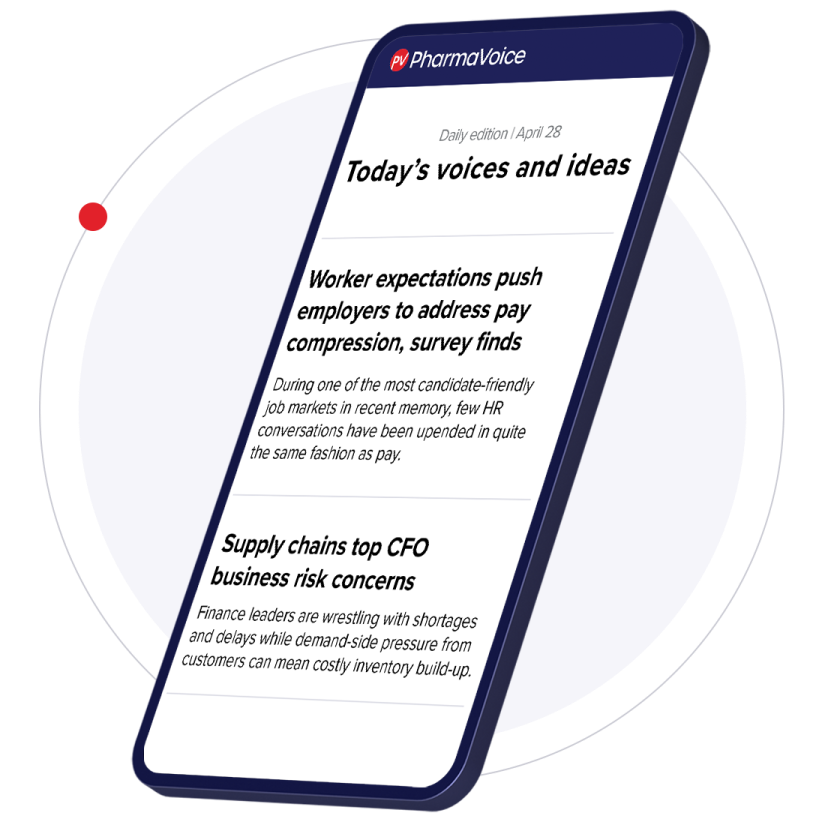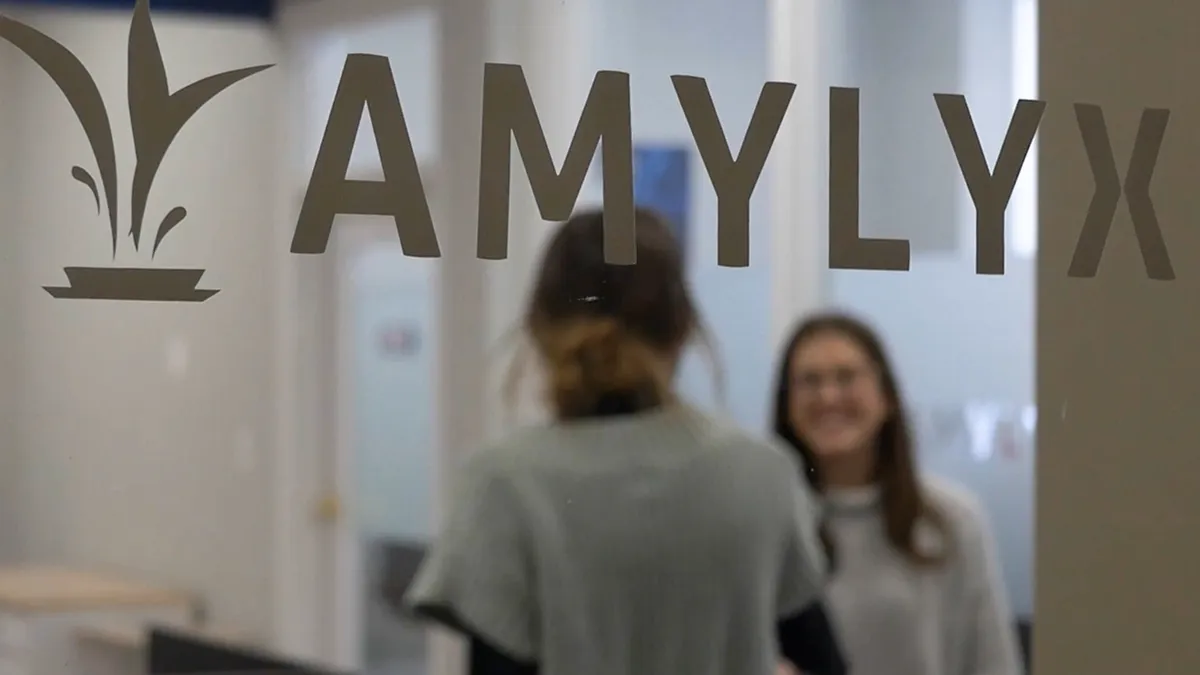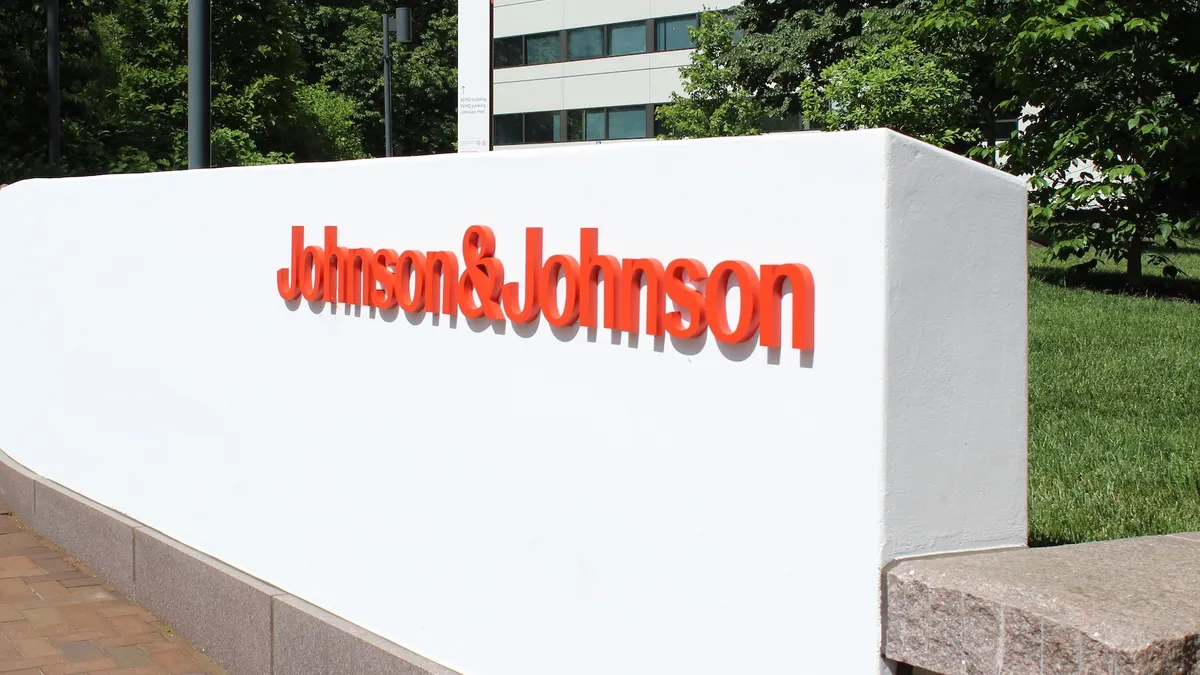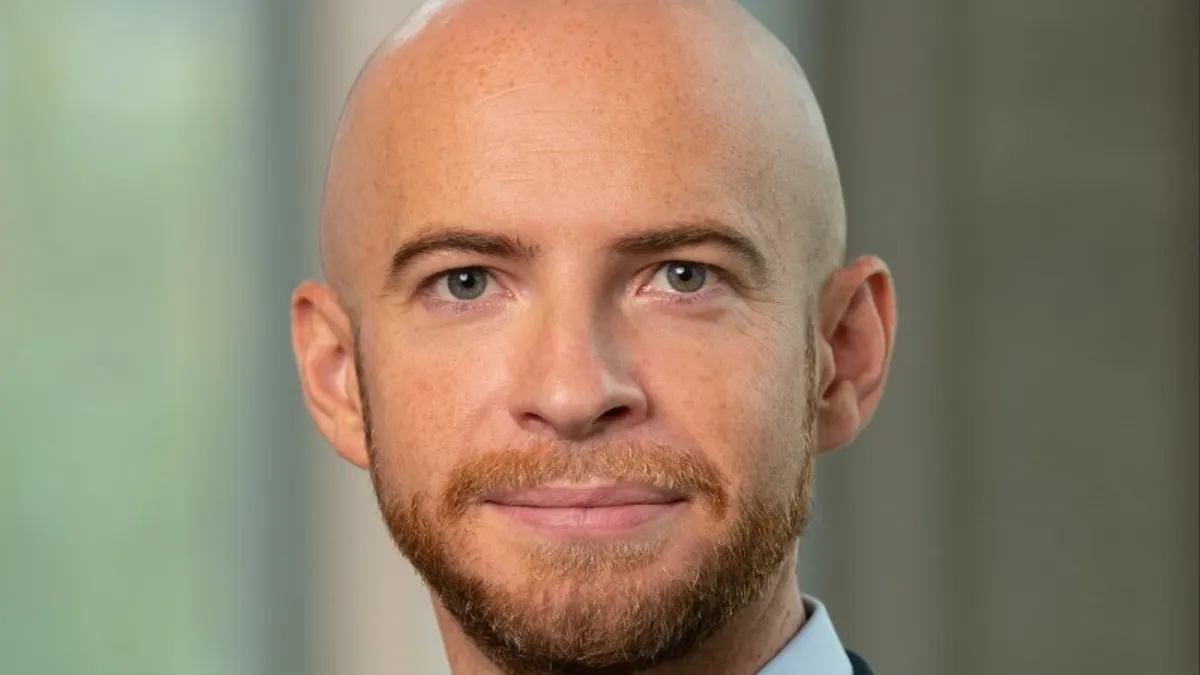BioAge Labs is returning to its aging roots after a failed attempt in obesity R&D. To get the ball rolling again, the biotech has entered into a multi-year research collaboration worth up to $550 million with Novartis to identify and validate drug targets related to aging, specifically around exercise biology.
Since its founding a decade ago, BioAge has targeted what it calls the “biology of human aging.” It hopped on the obesity bandwagon with azelaprag, a small molecule pill that became its lead candidate.
However, BioAge’s obesity bet didn’t pay off. The company discontinued its azelaprag trial in December after phase 2 data raised liver-related safety concerns, a move that CEO and co-founder Kristen Fortney called a “significant disappointment” in a press release announcing the program’s discontinuation.
Although Fortney said the idea that BioAge is now going back to its aging roots is “one way of thinking about it,” she noted that every target, including obesity, is drawn from its AI-driven discovery platform.
“Our focus has always been on those molecular mechanisms of healthy aging, and of course once you get to clinical development and you’re focused on a particular indication, like obesity, you can forget the genesis,” she said. “But those were also targets that emerged from the platform originally.”
As part of its Novartis partnership, BioAge will tap that platform, which analyzes longitudinal data from a human biobank, along with detailed health records, “to identify and validate multiple novel therapeutic drug targets,” the company said.
“We are looking for targets that haven't been developed before."

Kristen Fortney
CEO, co-founder, BioAge Labs
“They're one of the pharma companies excited about the potential of aging biology to bring us new targets to treat disease,” Fortney said, pointing to Novartis’ newly formed Diseases of Aging and Regenerative Medicine Group, noting they “have very interesting human data sets of their own.”
A key element of the partnership is identifying the “molecular mediators of the benefits of exercise.” Exercise can influence gene expression, but “as you get older, your capacity to exercise goes down, and often your body's response to exercise goes down,” Fortney said.
“Is there some other way you can induce gene changes to recapitulate some of the best benefits of exercise with a pill, with a drug?” she asked.
While the partnership is still in early stages and BioAge hasn’t disclosed targets, Fortney said the company will choose to focus on those with a “strong link between the target and positive metabolic aging outcomes in our human cohort data and [where] we believe there’s indications in the metabolic sphere where these targets could have applications.”
Fortney said another key element of the partnership is a drive for new approaches.
“We are looking for targets that haven't been developed before,” she said.
What’s next
With so many companies flooding the obesity space, BioAge’s stumble will likely be among the first of more to come. Amgen’s obesity candidate, MariTide, squeaked through mid-stage development with phase 2 results that matched its potential competitors Zepbound and Wegovy, but indicated a potentially higher dropout rate among patients. Despite plans to advance into phase 3, the news sent shares tumbling in November.
And BioAge’s azelaprag saga isn’t over. The biotech now faces a class-action lawsuit from investors who allege they were misled about the company’s future. BioAge abandoned the azelaprag trial less than three months after closing an IPO in October.
Fortney declined to comment on the lawsuit.
The company also said it will “share updated plans for azelaprag” in the first quarter of 2025.
Meanwhile, BioAge is looking to the future. In addition to the Novartis partnership, Fortney said the company will file an IND for its internally discovered NLRP3 inhibitors by the end of this year and move into the clinic.
“NLRP3 is an immune and brain aging target strongly linked to human longevity in our human data,” she said. “It's a target that shows promise in many different indications, from metabolic aging to brain aging.”
Fortney also remains optimistic about the platform and the company’s work.
“We have a lot of promising targets we want to advance for different indications related to metabolic aging,” she said.


